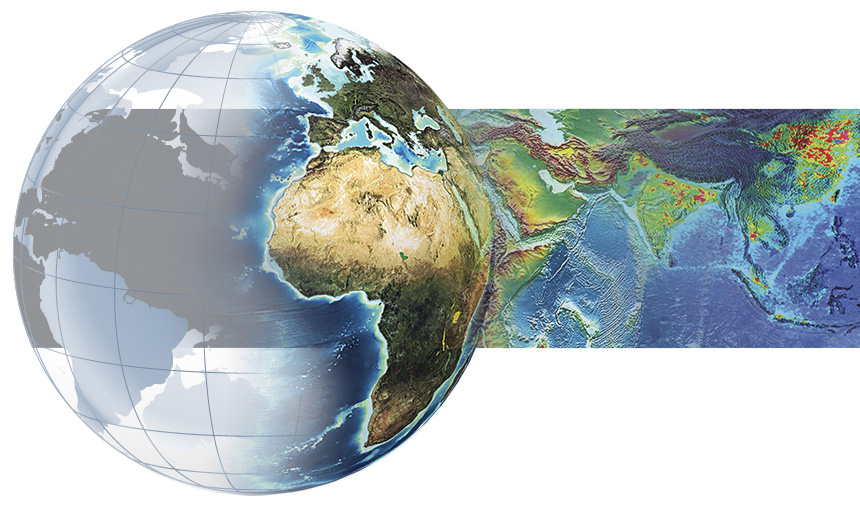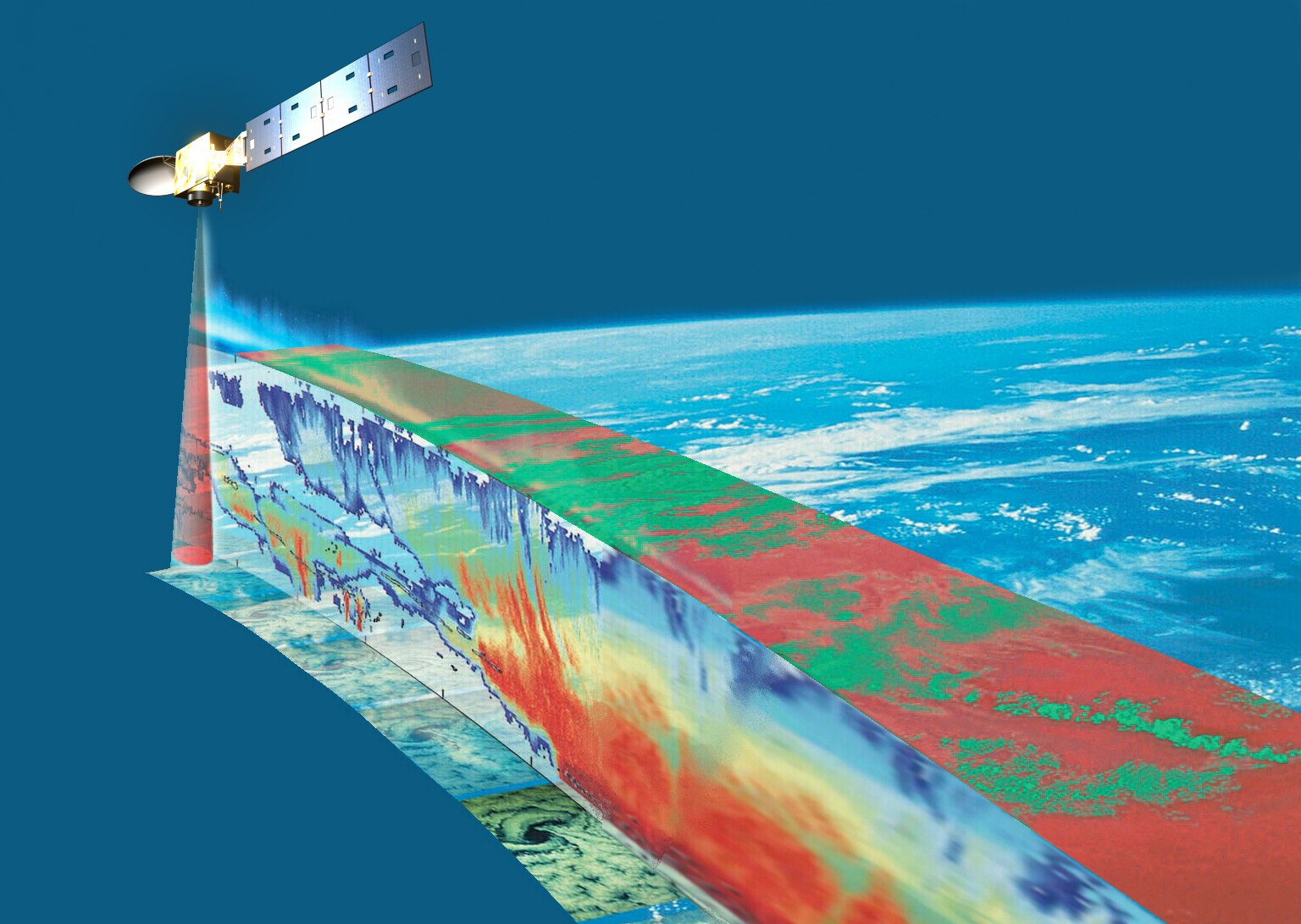ESA’s Living Planet Programme
ESA has been observing Earth from space ever since the launch of its first Meteosat weather satellite in 1977. Since this successful first mission, a whole series of Meteosat satellites as well as ERS-1, ERS-2 and Envisat has given us huge amounts of data about Earth, its climate and changing environment.
It is very important that we continue to learn more about our planet if we are to understand the Earth system and its processes, so that we can predict the effects a changing climate may bring. Satellites can help us obtain this knowledge:
- GOCE: ESA's gravity mission
GOCE has collected information about Earth’s gravity in more detail than ever before. The data are being used to study ocean currents, changing sea level, land surface height and the depth of mountain roots.
- SMOS: ESA's water mission
SMOS looks at soil moisture and ocean salinity and is helping us to understand the processes between Earth's surface and atmosphere and improving our weather and climate models.
- CryoSat: ESA's ice mission
CryoSat monitors very small changes in the thickness of ice floating in the oceans and in the thickness of the massive ice sheets that cover Greenland and Antarctica. These measurements give us a better understanding of the relationship between ice and climate.
- Swarm: ESA's magnetic field mission
Due to be launched this year, Swarm is a constellation of three satellites that will measure precisely the magnetic signals that come from Earth's core, mantle, crust, the oceans and high above us in the magnetosphere.
- ADM-Aeolus: ESA's wind mission
Due for launch in 2015, ADM-Aeolus will be observing global winds and will provide us with much-needed information to improve weather forecasting.
- EarthCARE: ESA's cloud and aerosol mission
Due for launch 2015, the European-Japanese EarthCARE mission will improve our understanding of Earth's radiative balance in climate and weather forecast models.
- Sentinel missions
A new family of satellites is being developed, called Sentinels. These eyes in the sky will send back huge amounts of data about Earth’s surface and atmosphere. This information will be used by Europe’s Global Monitoring for Environment and Security (Copernicus) programme.
- Meteosat
The Meteosat satellites are Europe’s weather satellites. They study clouds, land, oceans, snow and ice during the day or night, and study the climate and collect data that helps weather forecasters to recognise and predict dangerous weather.
- MetOp
The MetOp spacecraft studies almost the entire planet twice a day. Thanks to its eleven instruments, it sends back very detailed and accurate data on clouds, temperature, humidity, ozone, ocean surface winds and other useful meteorological information.
Last modified 02 September 2013







